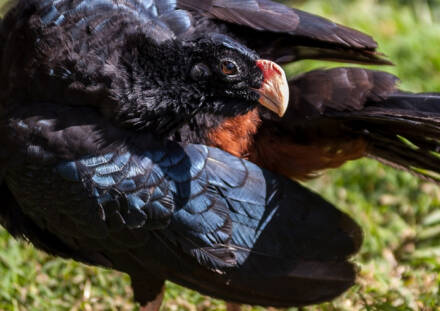
Mitu mitu,Alagoas
Mitu mitu,Alagoas Curassow
The Alagosian Curassow (Mitu mitu) is a relatively large black bird.The Alag···
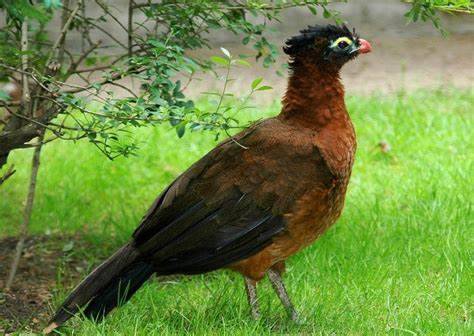
Nothocrax urumutum
Nothocrax urumutum,Nocturnal Curassow
Its scientific name is Nothocrax urumutum and its foreign name is Nocturnal ···
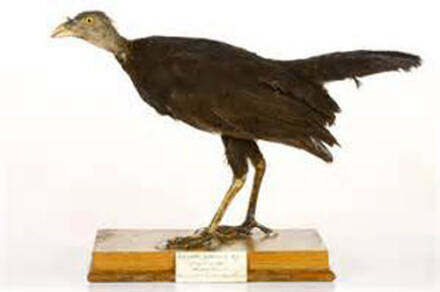
Talegalla jobiensis
Talegalla jobiensis,Collared Brush-turkey
Talegalla jobiensis (Collared Brush-turkey) has two subspecies.Brown collar ···
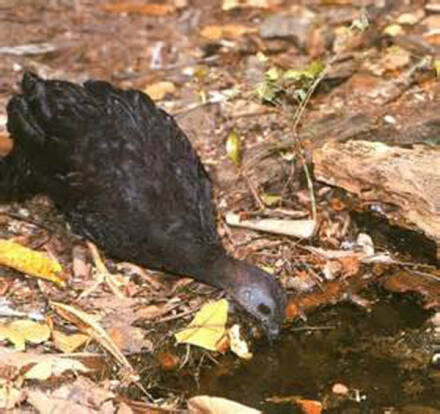
Talegalla fuscirostris
Talegalla fuscirostris,Black-billed Brush-turkey
Talegalla fuscirostris (Black-billed Brush-turkey) has four subspecies.The b···
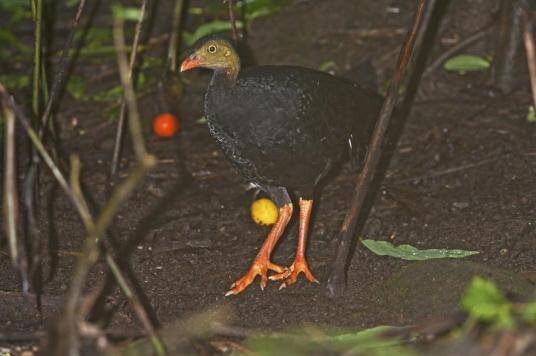
Talegalla cuvieri
Talegalla cuvieri,Red-billed Brush-turkey
Talegalla cuvieri (Red billed Brush-turkey) has two subspecies.Red billed Ca···
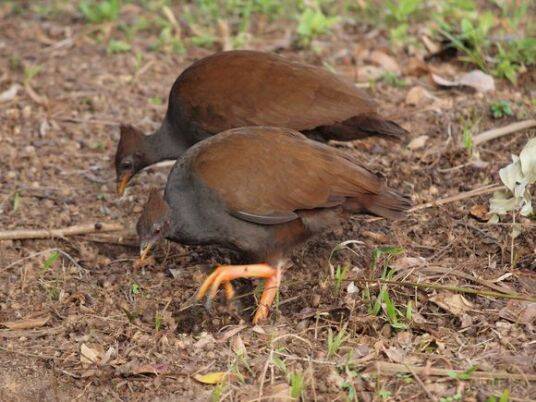
Megapodius reinwardt
Orange-footed Scrub Fowl,Megapodius reinwardt
The pheasant is known as the Megapodius reinwardt or Orange-footed Fowl; its···
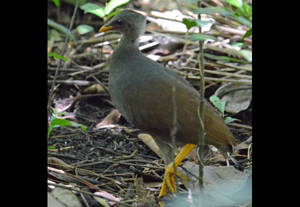
Tongan Scrubfowl
Megapodius pritchardii,Tongan Scrubfowl
The Tongan Scrubfowl (Megapodius pritchardii) is an omnivorous bird that eat···
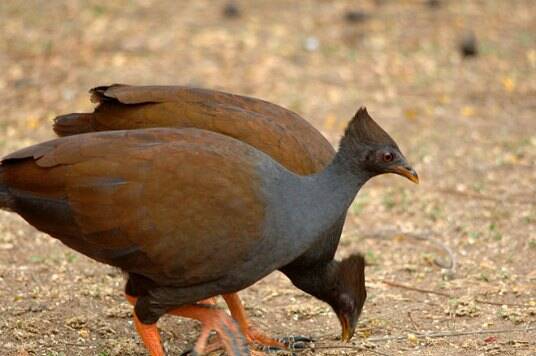
Megapodius nicobariensis
Megapodius nicobariensis,Nicobar Scrubfowl
The Nicobar Scrubfowl (Megapodius nicobariensis) is a large and medium-sized···
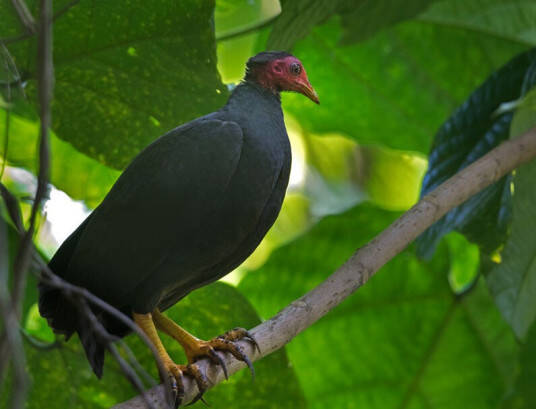
Megapodius layardi
Megapodius layardi,Vanuatu Scrub Fowl
Vanuatu Scrub Fowl is a genus of Megapodius layardi and Vanuatu scrub fowl. ···
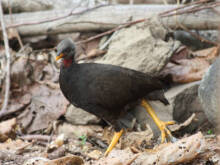
Megapodius laperouse
Megapodius laperouse,Micronesian Scrubfowl
The Micronesian Scrubfowl (Megapodius laperouse) is a large and medium-sized···
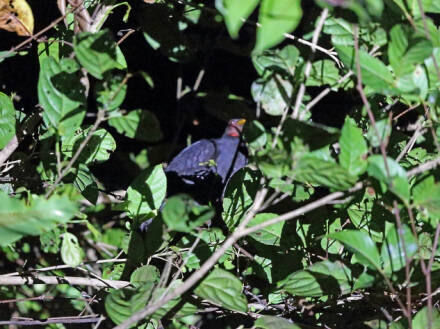
Megapodius geelvinkianus
Megapodius geelvinkianus,Biak Scrubfowl
Biak Scrubfowl (Megapodius geelvinkianus).The diet of the megacan is mainly ···
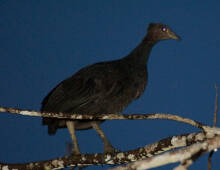
Megapodius freycinet
Megapodius freycinet,Dusky Scrubfowl
The common Megapodius freycinet, also known as Dusky Scrubfowl, is a species···
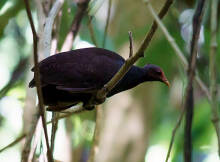
Megapodius eremita
Megapodius eremita,Melanesian Scrubfowl
Melanesian Scrubfowl (Megapodius eremita).The diet of Melanesian megapods is···
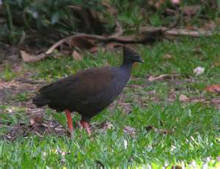
Megapodius decollatus
Megapodius decollatus,New Guinea Scrubfowl
New Guinea Scrubfowl (Megapodius decollatus).The diet of New Guinea megapods···
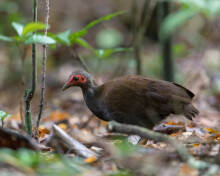
Sula Scrubfowl
Sula Scrubfowl,Megapodius bernsteinii
The Sula Scrubfowl (Megapodius bernsteinii) is a large terrestrial bird ende···
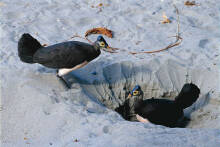
Macrocephalon maleo
Macrocephalon maleo,Maleo
Macrocephalon maleo (Macrocephalon maleo) is the only species of the genus M···
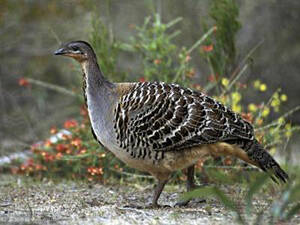
Malleefowl
Malleefowl,Leipoa ocellata
Malleefowl (Leipoa ocellata), no subspecies.The pheasant is very timid and c···
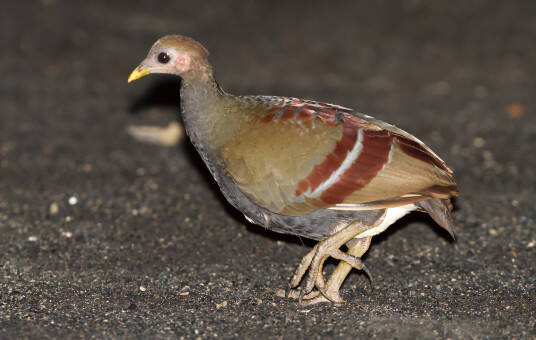
Eulipoa wallacei
Eulipoa wallacei,Moluccan Scrub Hen
The pheasant is known as Eulipoa wallacei or Moluccan Scrub Hen.Protect wild···
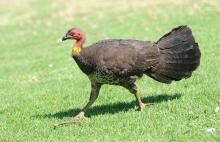
Australian Brush-turkey
Australian Brush-turkey,Alectura lathami
The Australian Brush-turkey pheasant (Alectura lathami) has two subspecies.T···

Aepypodius bruijnii
Bruijn’s Brush Turkey,Aepypodius bruijnii
Its scientific name is Aepypodius bruijnii, and its foreign name is Bruijn&#···

Aepypodius arfakianus
Aepypodius arfakianus,Wattled Brush-turkey
Wattled Brush-turkey (Aepypodius arfakianus) has a special nesting habit. It···
